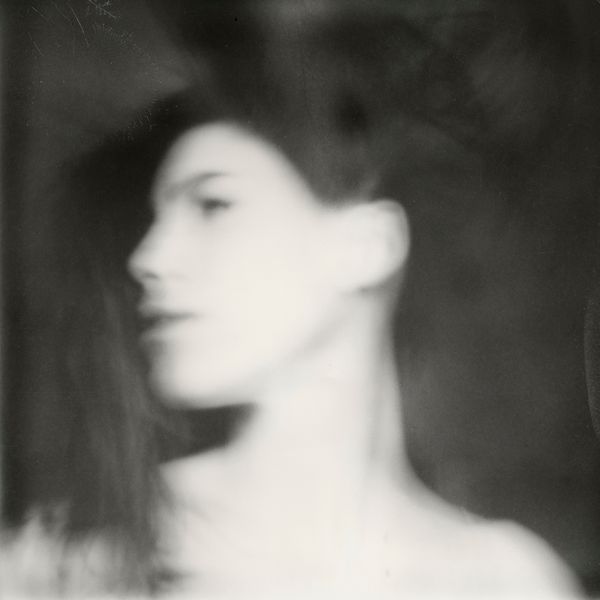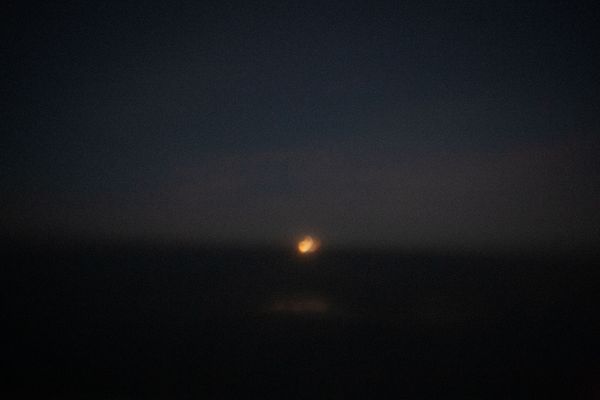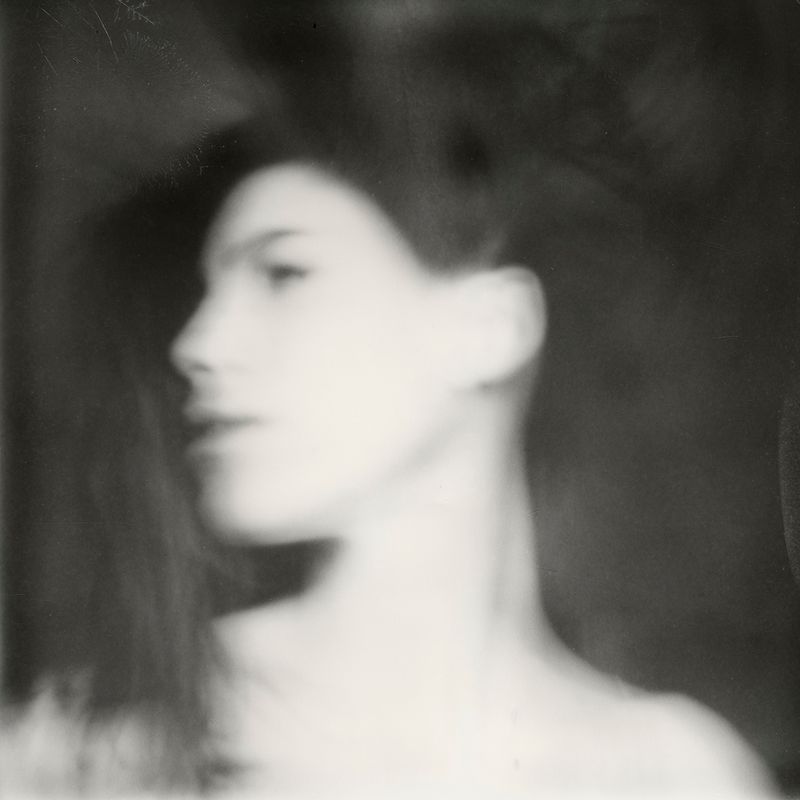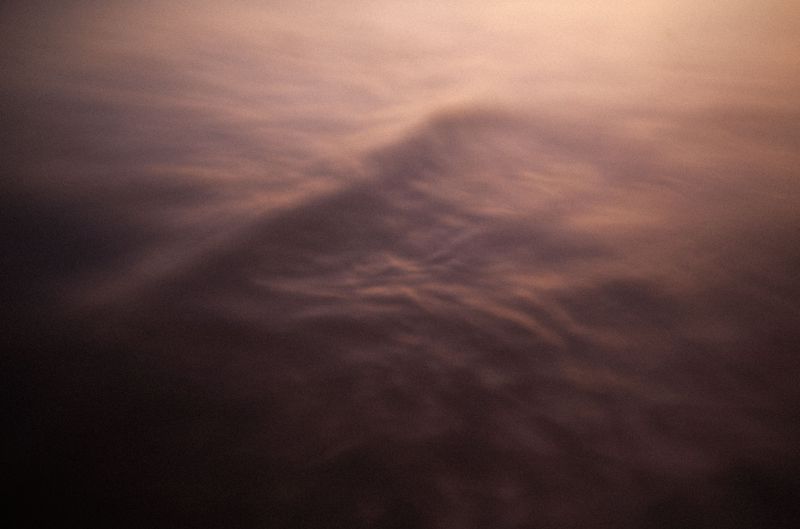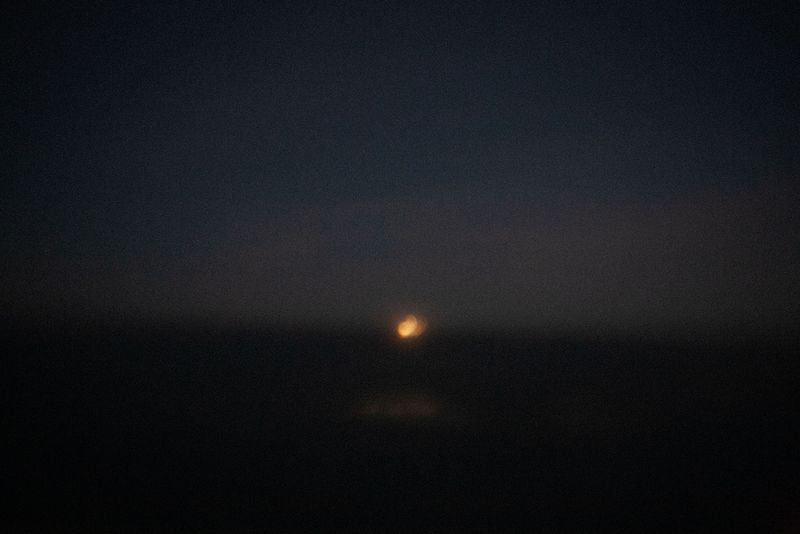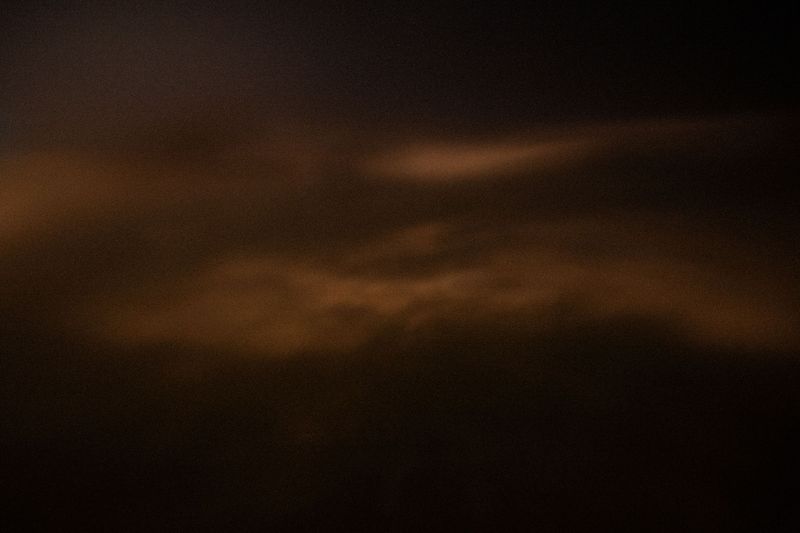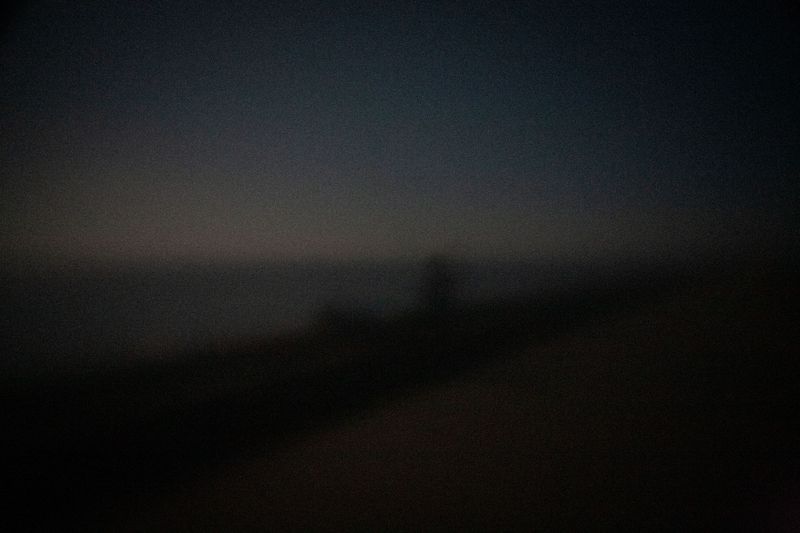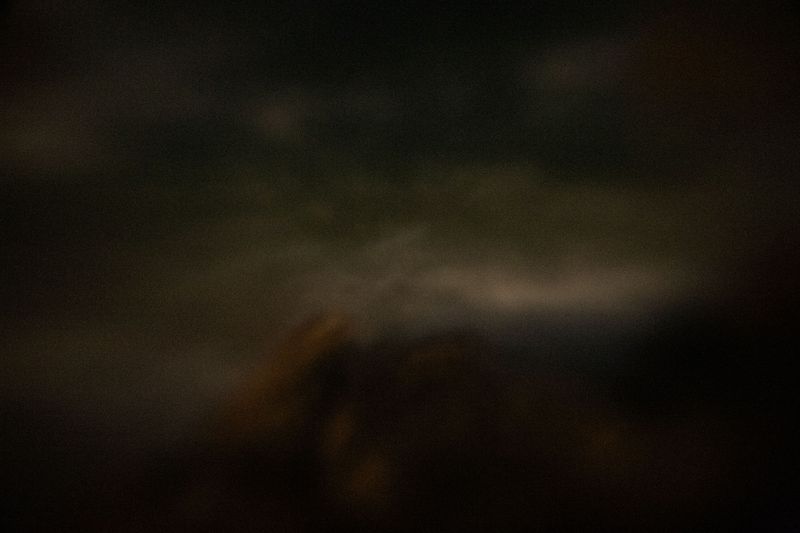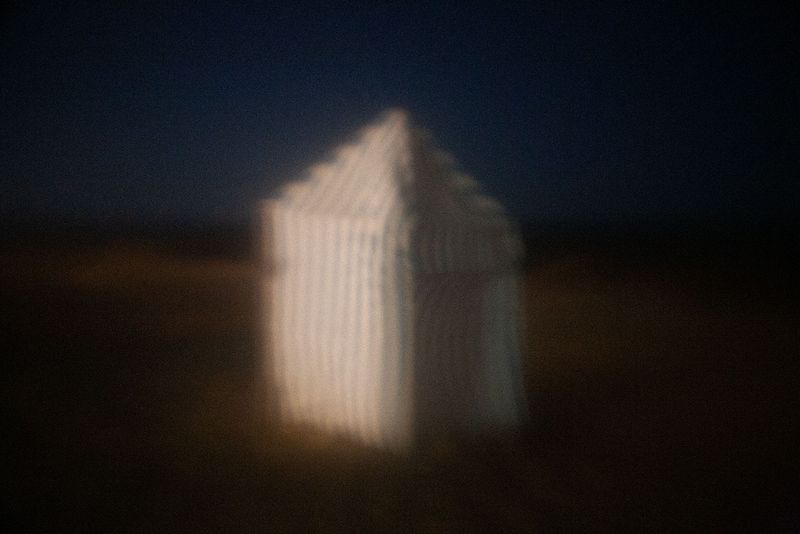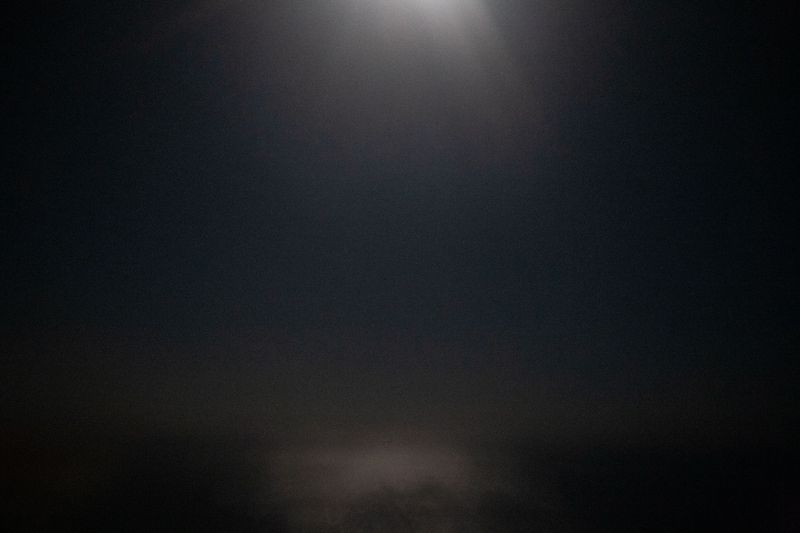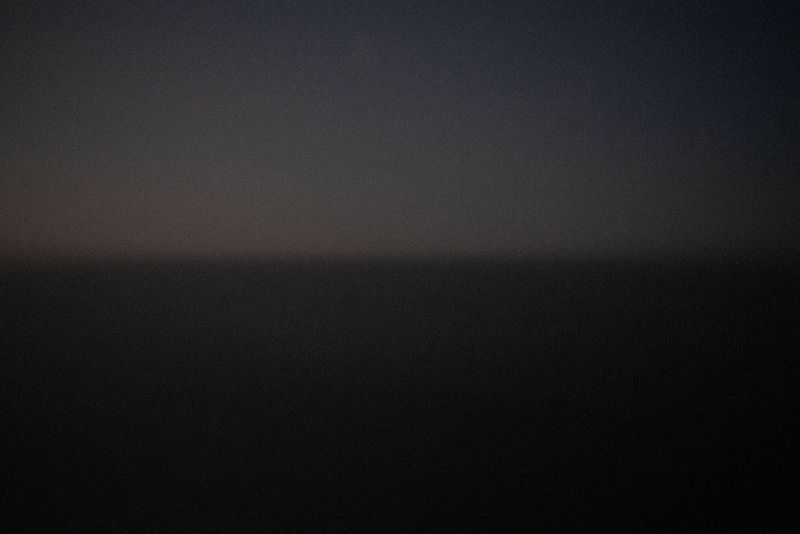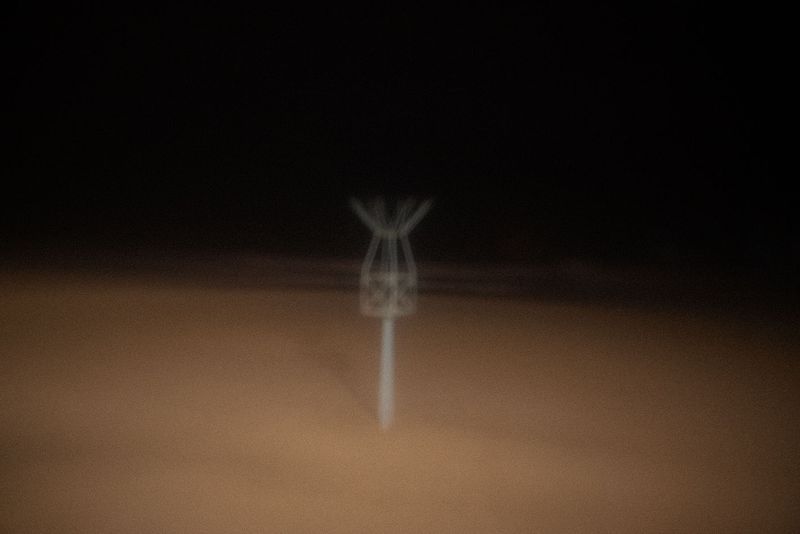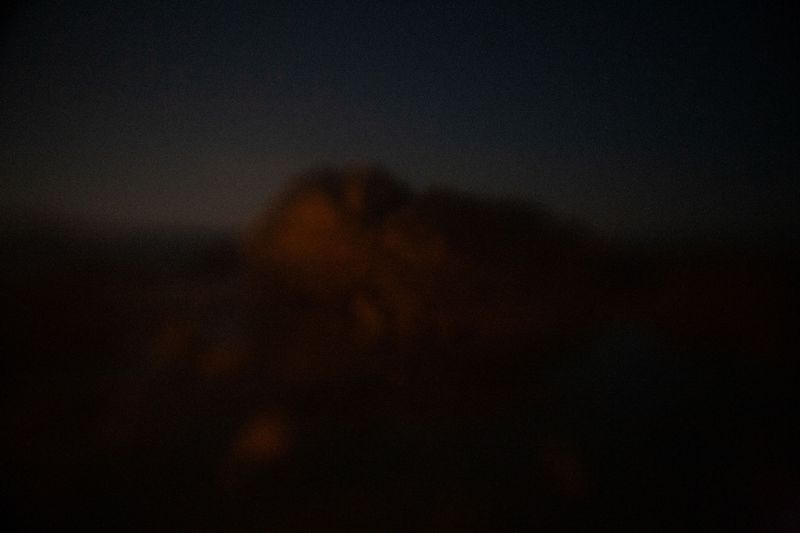Acrylic Afternoons
-
Dates2022 - Ongoing
-
Author
- Topics Archive, Landscape
In the project Acrylic Afternoons, Bruno Silva explores his memories through layers of distinct phases of his life. Bruno dissolves into the images as part of the landscape, not trying to capture the sea but rather to intuit
Land-escape
We offer our eyes to photography, and for what – so we can see better? The eyes of a fallen head that faces a rock, a camera with a lens that doesn’t see well. In Acrylic Afternoons, Bruno Silva shares with us the waters that agitate his childhood, adolescence and adulthood. They are memory landscapes, as if he digs the sand, holds a memory in his hands just so he can see it fading into the foam of the cold, nocturnal waters of time.
Beautiful landscapes, only intuited. What we see are gloomy pictures of spaces, bodies and moments that never let themselves be wholly captured; they show themselves sometimes as dreams, sometimes as delusions, in an approach in which the photographer doesn´t want to seize anything, but let himself melt together, just as the image contours are themselves dissolved. In a world of color and without the entrapping light of the flash, as it usually is in his previous works, here Bruno’s images continue to move in a deep and shared dream.
Probably in a small and insignificant piece of paper, Sebastião Alba wrote that “love is not to forget”. Photography is a tool that reminds us of not forgetting, but in the expense of the obliteration of the present. The price of stealing an image from the course of time is to let drain the instant in the expectation that the lens captures it. And so, the danger of memory is to let it dilute into images, and that life elapses only through the contours and colors caught by the camera.
Adding to Alba, love is not to forget and to let escape – an ocean, a childhood, a woman, a night. What matters the most is what is least apprehensible, what most resists faithful and clear representations. The images of memory can only be intuited, in an approach that requires not only the eye, but the body above all.
To bring the eye to the memory, to bring the memory to the eye, and to photograph as you let escape. Let the memory fall, just as the boy’s head falls on the rock, and the photographer’s camera on the ground. To photograph not the woman, but her blues (in black and white). To photograph not the fall, but the air that precedes the ground. The head keeps on smelling the ocean. The lens keeps on listening the seagulls and the ships docking at the pier.
Land-escape. In Bruno’s project, the ocean is a constant element that is never really there. The water sets the rhythm of nights and days, it is fixed in its eternal movement: push, pull, rise, fall, a clock as precise and as loud that one easily forgets about. The ocean swallows everything, it is cold and destructive – and yet it is the rock (firm, stuck, inert) the origin of pain and profound transformation. The mutable and the perpetual – the images come from this impossible encounter, that Bruno senses and that escapes him. The destiny of time can only be this, the escape – this is why we photograph, why we look at images. Here, the years and the pictures have the duration of an acrylic afternoon, felt in vinyl, with a salty taste of love in the tip of the memory, and an ocean that is so evident that it took a while to make itself be seen – and that still escapes us.
Betina Juglair
